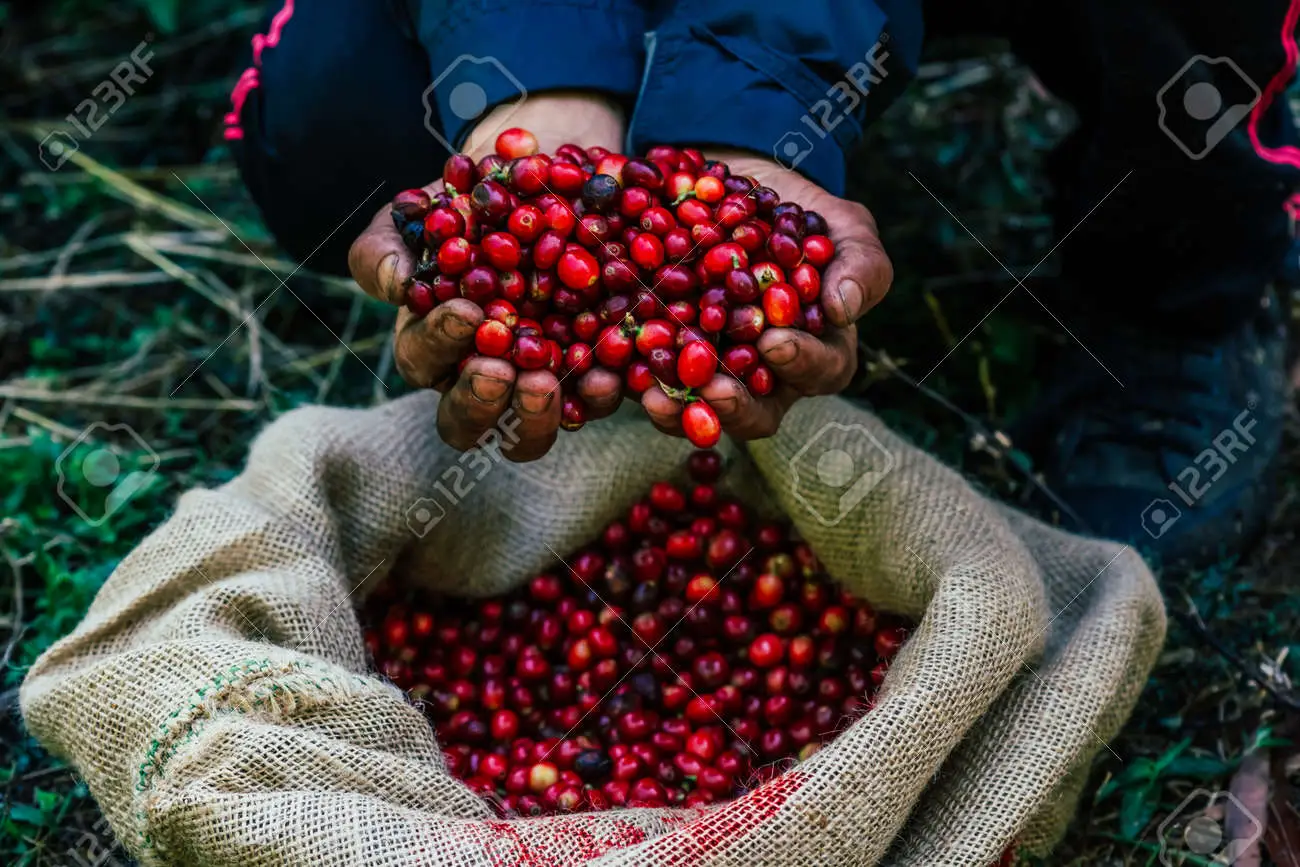
Single-Origin vs. Coffee Blends: What’s the Difference?
Coffee enthusiasts often encounter the terms single-origin and coffee blends. Understanding these concepts can enhance your appreciation of the diverse flavors and experiences coffee offers.
What is Single-Origin Coffee?
Single-origin coffee refers to beans sourced from a specific geographic location, such as a single country, region, or even a particular farm. This specificity allows the unique characteristics of that locale—often referred to as “terroir”—to shine through in the cup. Factors like soil composition, climate, and altitude contribute to distinct flavor profiles.
Key Characteristics:
- Traceability: Offers transparency about the coffee’s origin, appealing to consumers interested in the story behind their brew.
- Unique Flavors: Each single-origin coffee presents flavors inherent to its specific region, providing a unique tasting experience.
- Seasonality: Availability can be limited to certain times of the year, depending on harvest cycles.
What is a Coffee Blend?
A coffee blend combines beans from multiple origins to create a harmonious flavor profile. Roasters meticulously select and mix different beans to achieve desired taste characteristics, balance, and consistency.
Key Characteristics:
- Consistency: Blends aim to provide a uniform taste experience, making them a staple in many cafes and households.
- Complexity: By combining beans with varying flavor notes, blends can offer a complex and well-rounded cup.
- Versatility: Often crafted to suit a wide range of brewing methods and palates.
Comparing Flavor Profiles
Single-Origin Coffee:
- Distinctive Tastes: Emphasizes the unique flavors of a specific region, which can range from fruity and floral to earthy and spicy.
- Purity: Offers an unadulterated taste of a particular locale, allowing drinkers to explore the diversity of coffee-growing regions.
Coffee Blends:
- Balanced Flavors: Roasters combine beans to balance acidity, sweetness, and bitterness, creating a smooth and cohesive taste.
- Enhanced Complexity: The interplay of different beans can result in a multifaceted flavor profile, appealing to a broad audience.
Suitability for Brewing Methods
- Espresso: Blends are traditionally favored for espresso due to their balanced and consistent flavor profiles. However, many single-origin coffees, when roasted appropriately, can also produce exceptional espresso shots.
- Pour Over and Drip Brewing: Single-origin coffees are often preferred for these methods, as they highlight the nuanced flavors unique to the specific region.
Making Your Choice
The decision between single-origin and blended coffee ultimately depends on personal preference:
- For Exploration: If you’re keen to explore diverse and unique flavors, single-origin coffees offer a journey through the world’s coffee-growing regions.
- For Consistency: If you prefer a reliable and balanced cup, coffee blends provide a harmonious and steady flavor experience.
Conclusion
Both single-origin coffees and blends have their distinct merits. Embracing both allows you to appreciate the rich tapestry of flavors and stories that coffee offers. Whether you’re savoring the unique notes of an Ethiopian Yirgacheffe or enjoying the balanced harmony of a well-crafted blend, each cup provides a unique experience.
Explore our selection of single-origin coffees and blends to discover your next favorite brew.



